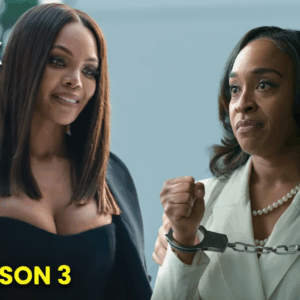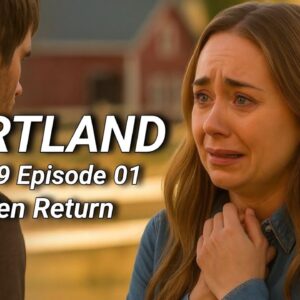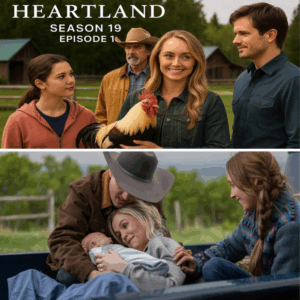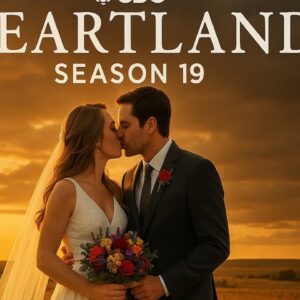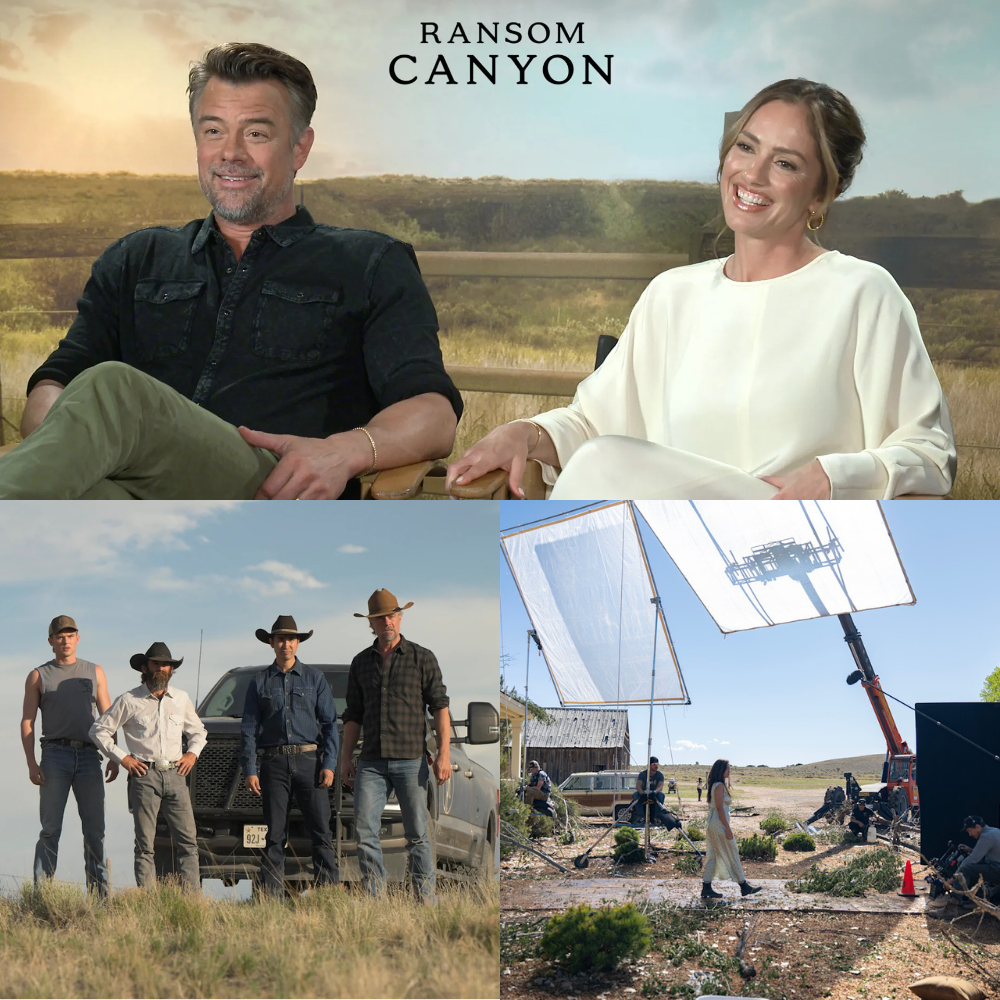
When Ransom Canyon first debuted on Netflix, few could have predicted the emotional power, cinematic beauty, and cultural resonance the series would unleash. But today, with growing fanfare and acclaim, it has become one of Netflix’s most quietly powerful hits—drawing in viewers not only for its gripping drama but also for its raw authenticity and striking sense of place.
Now, members of the production crew are lifting the curtain on what truly makes Ransom Canyon such a success—and why the remote, sun-soaked valleys of New Mexico may hold the key to its magic.
The Setting Is Not Just a Backdrop—It’s a Character
“New Mexico isn’t just where we shot it—it’s part of the story,” explains one senior location manager. The sprawling mesas, endless skies, and jagged rock canyons create a mood that resonates deeply with the series’ themes of legacy, isolation, and redemption.
Ransom Canyon—both the real place and the fictionalized version—is filled with grit and grace. Viewers aren’t just watching characters; they’re immersed in a living, breathing world that echoes the characters’ internal struggles. The sunsets feel like final chances. The wind whispers like long-held secrets. Every frame captured in the New Mexican desert has the weight of untold history.
Netflix producers revealed that they deliberately chose New Mexico to escape the artificial gloss of traditional Hollywood backlots. “You can’t fake this kind of realism,” said one crew member. “The environment helped push the performances—when Staten Kirkland rides his horse across a dry ridge at dusk, you feel like you’re riding with him.”
Casting Chemistry and Character Depth
Another key ingredient in Ransom Canyon’s success lies in its casting. Staten Kirkland and Quinn O’Grady—portrayed by breakout stars whose chemistry ignites the screen—aren’t just romantic leads. They’re battle-worn souls navigating personal histories, inherited wounds, and impossible choices.
Producers revealed that the audition process was unlike anything they’d done before. “We didn’t just test for chemistry,” said the showrunner. “We tested for silence. Could these actors tell a story just by sitting next to each other under a tree, saying nothing? Turns out, they could. And that’s rare.”
The characters are written with nuance, but the performances elevate them into something transcendent. Whether it’s Staten’s gruff silence hiding emotional scars or Quinn’s quiet strength masking heartbreak, the leads embody the emotional contradictions that define real people.
Storytelling That Honors the Land and Its People
Unlike many other shows that use rural America as a stage for tired stereotypes, Ransom Canyon dares to explore the complexities of community life, generational trauma, and rural resilience with empathy and depth.
Writers, many of whom spent time living in the region before production began, said the script was carefully crafted to avoid clichés. “We didn’t want cowboys and sunsets. We wanted fathers who don’t know how to say ‘I love you,’ mothers who keep secrets to protect their children, and towns that run on loyalty and unspoken codes.”
The result is a story that feels intimate yet expansive. Each episode draws viewers deeper into a world where the past never stays buried, and where even the harshest truths can be softened by love.
Behind-the-Scenes Commitment to Authenticity
From the start, the production team made a bold choice: no studio sets. Everything would be filmed on location. Ranches were rented. Real cattle were used. Locals were hired as extras and consultants. Even the dust was real—kicked up by real boots on real trails.
“We wanted you to feel the wind, hear the birds, see the sweat,” said the director of photography. “Our cameras didn’t just point at the action—they lived in it.”
That meant early mornings, unpredictable weather, and long, grueling days in the heat. But the crew agrees it was worth it. “Some days, the light would hit just right and we’d all freeze. Not because we had to reset the shot, but because we knew—this was going to be special.”
Music and Silence: A Delicate Balance
One of the most praised elements of Ransom Canyon is its score—or at times, the deliberate absence of one. The music, composed with acoustic restraint and regional influence, helps anchor the show emotionally. But equally powerful is the silence.
“There are scenes where you hear nothing but a creaking screen door or a windmill in the distance,” says the sound designer. “Those silences say more than any line of dialogue could.”
Fan Reactions and Cultural Impact
Fans have flooded social media with emotional posts, calling Ransom Canyon “the Yellowstone for the soul” and praising its emotional honesty. Many have said it reminds them of their hometowns—or the places their grandparents came from.
Some have even taken pilgrimages to filming locations, hoping to feel what the characters feel. In New Mexico, tourism boards have noticed a spike in interest, particularly in small rural areas featured in the show. One local ranch owner told the crew, “You didn’t just film here—you respected us.”
Looking Ahead: The Future of Ransom Canyon
With the success of Season 2 and whispers of Season 3 already in motion, Ransom Canyon is poised to become a new kind of modern Western—one where emotional truth matters more than shootouts, and where healing, not revenge, is the ultimate victory.
The producers hint that the next season may dig even deeper into family secrets, introduce new characters from outside the canyon, and test relationships in ways fans won’t see coming.
Conclusion
In a streaming era crowded with noise, Ransom Canyon speaks in quiet truths. It draws its strength not from spectacle but from sincerity. And as the production team shares the care and heart that went into creating it, one thing is clear: Ransom Canyon isn’t just a series—it’s a testament to the power of storytelling when done with love, respect, and honesty.
And maybe that’s why so many viewers have fallen in love with it—not because it tells a perfect story, but because it tells a real one.


